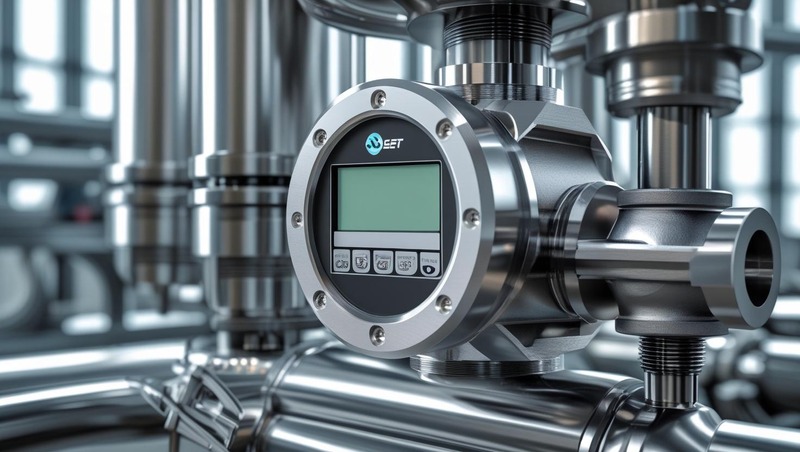The level transmitter market is undergoing a significant transformation, driven by rapid technological advancements and increasing demand for smarter, more efficient process control systems. Level measurement, once reliant on mechanical gauges and manual monitoring, has evolved into a high-tech field enabled by innovations in sensor technology, wireless communication, and digital intelligence. As industries such as oil & gas, water and wastewater, chemicals, food & beverage, and pharmaceuticals embrace automation, the role of advanced level transmitters is becoming more central to operational efficiency, safety, and regulatory compliance.
One of the most important developments in level measurement is the integration of non-contact sensing technologies, especially radar and ultrasonic transmitters. These sensors offer precise, continuous monitoring of fluid levels in challenging environments without physical contact with the medium. Their ability to operate reliably under extreme temperatures, pressure variations, and corrosive conditions makes them highly suitable for modern industrial applications. As a result, radar-based level transmitters are gaining rapid adoption, especially in hazardous and remote settings.
Download PDF Brochure @ https://www.marketsandmarkets.com/pdfdownloadNew.asp?id=926

Wireless connectivity is another game-changing innovation in the level transmitter market. Wireless transmitters are eliminating the need for extensive cabling, reducing installation costs and enabling flexible deployment across complex or hard-to-access plant environments. With industrial IoT (IIoT) platforms on the rise, wireless level transmitters are being seamlessly integrated into cloud-based monitoring and control systems. This connectivity empowers plant operators with real-time data access, remote diagnostics, and predictive maintenance capabilities, improving responsiveness and reducing operational downtime.
The future of level measurement is also being shaped by the incorporation of artificial intelligence (AI) and machine learning (ML) algorithms. These technologies are enhancing the data analytics capabilities of level transmitters, allowing for advanced anomaly detection, process optimization, and adaptive calibration. Smart level transmitters can learn from historical data to predict process behavior, flag inconsistencies, and offer actionable insights to optimize throughput and minimize waste.
Miniaturization and energy efficiency are driving the development of compact, battery-powered level transmitters. These devices are particularly useful for decentralized or temporary monitoring installations, such as those in environmental monitoring, mobile tanks, and isolated infrastructure. Long battery life combined with energy-efficient wireless protocols like LoRaWAN and NB-IoT are extending the reach of level measurement into new, previously unmonitored domains.
Cybersecurity has also become a critical focus as level transmitters become more connected. Manufacturers are embedding encryption, secure boot, and authentication features to safeguard sensitive operational data and ensure system integrity in increasingly digitalized industrial environments.
Regulatory compliance and environmental sustainability are pushing industries to adopt more accurate and reliable level monitoring. Modern level transmitters support precise inventory control, leak detection, and spill prevention—especially important in industries handling hazardous liquids or bulk materials. Their contribution to process safety and environmental protection makes them a critical component of responsible industrial practices.
In conclusion, the level transmitter market is being propelled into the future by a convergence of technological innovations that enhance accuracy, connectivity, intelligence, and sustainability. As smart factories and digital infrastructure become the new norm, advanced level measurement solutions will continue to play a pivotal role in enabling safe, efficient, and data-driven industrial operations.
